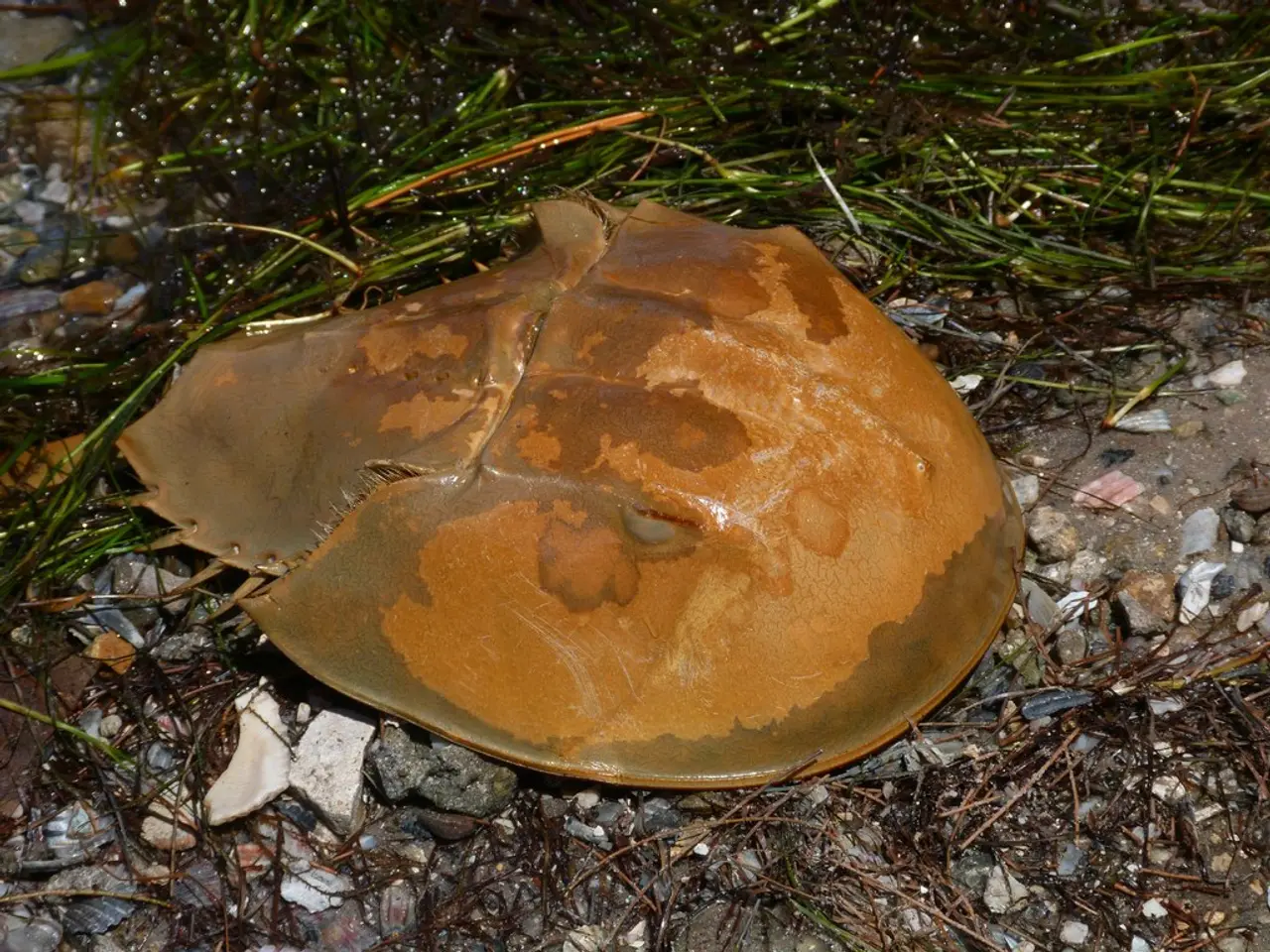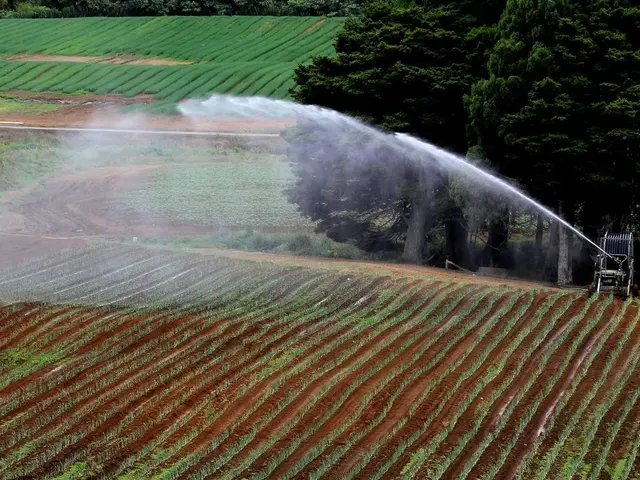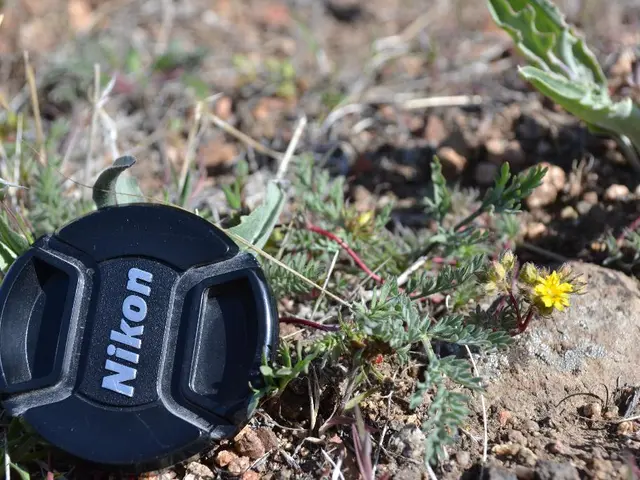Turfgrass afflicted by Gray Leaf Spot fungus
In the world of golf courses and sports turf, **gray leaf spot** (caused by *Pyricularia oryzae* or *Pyricularia grisea*) poses a significant challenge. This disease, particularly on susceptible cool-season grasses like perennial ryegrass and annual ryegrass, requires a strategic approach to fungicide management.
## Fungicide Use for Gray Leaf Spot
Effective fungicides for gray leaf spot and other turf diseases often feature active ingredients such as propiconazole, azoxystrobin, chlorothalonil, fludioxonil, and mancozeb. Propiconazole, in particular, is commonly used due to its broad-spectrum, locally systemic action, providing long-lasting protection and compatibility with most other fungicides.
## Recommended Application Timings
Preventative applications are crucial for gray leaf spot management. Fungicides should be applied before the disease becomes severe or during periods conducive to disease development, such as warm, humid weather common in late spring and summer. At the first sign of leaf spotting, or when weather forecasts predict prolonged humidity and temperatures favorable for the pathogen (typically above 70°F or 21°C), begin treatment. Many fungicides require reapplication every 14 to 28 days, depending on weather conditions and product persistence.
## Resistance Management Strategies
To reduce the risk of fungicide resistance, it's essential to rotate between fungicides with different modes of action. This includes DMI/triazoles like propiconazole, QoI/strobilurins like azoxystrobin, and contact fungicides like chlorothalonil. Integrated management is also crucial, combining chemical controls with cultural practices such as mowing at recommended heights, reducing leaf wetness, avoiding excessive nitrogen fertilization, and improving air circulation.
By following these guidelines, turf managers can effectively manage gray leaf spot while reducing the risk of fungicide resistance and maintaining turf quality. It's important to note that the fungus isolated from perennial ryegrass can cross-infect tall fescue, but it is less likely to infect rice. In contrast, the fungus isolated from rice rarely infects turfgrass.
In later stages of disease development, the sward may take on a gray color due to mass production of conidia by the pathogen. The disease was first confirmed in Ohio in 1996, and outbreaks in the Midwest vary yearly, with the worst cases occurring in hot summers followed by warm, humid days of late summer and fall, especially after hurricanes. The pathogen kills the plant from severe leaf blight, and the disease causing gray leaf spot in turfgrass is referred to as Pyricularia grisea.
In the case of St. Augustine grass, symptoms include distinctive spots that are tan to gray, often depressed at the center, with irregular purple to brown margins. If left unchecked, the disease moves rapidly to other susceptible plants. Balanced maintenance practices that reduce stress, such as adequate nitrogen fertility, avoiding high nitrogen application rates during summer months, and alleviating or reducing drought stress, excessive leaf wetness, and soil compaction, are also crucial for gray leaf spot management.
References: 1. [Gray Leaf Spot of Turfgrass](https://extension.psu.edu/gray-leaf-spot-of-turfgrass) - Pennsylvania State University Extension 2. [Gray Leaf Spot Management](https://extension.umn.edu/diseases-turfgrass/gray-leaf-spot-management) - University of Minnesota Extension 3. [Gray Leaf Spot of Turfgrass](https://extension.oregonstate.edu/grey-leaf-spot) - Oregon State University Extension Service 4. [Scotts DiseaseEx](https://www.scotts.com/product/100000051074) - Scotts 5. [Bonide Infuse](https://www.bonide.com/products/bonide-infuse-lawn-granules/) - Bonide Products, Inc.
- Foreffective gardening in a home-and-garden setting, it's crucial to adopt time-tested strategies for turf management, such as the application of fungicides like propiconazole to combat gray leaf spot, a common disease among cool-season grasses like perennial ryegrass.
- Maintaining an active lifestyle does not only involve sports like golf and sports-betting, but also caring for one's home and garden, where lifestyle choices can impact the overall health of the soil and turf, including the prevention of turf diseases such as gray leaf spot.
- While sports-betting can provide excitement and possible financial gains, a more rewarding hobby could be gardening, which involves not only enjoying beautiful flowers and green spaces but also understanding the science behind maintaining soil health and preventing turf diseases like gray leaf spot, ensuring a lush, vibrant lawn.




